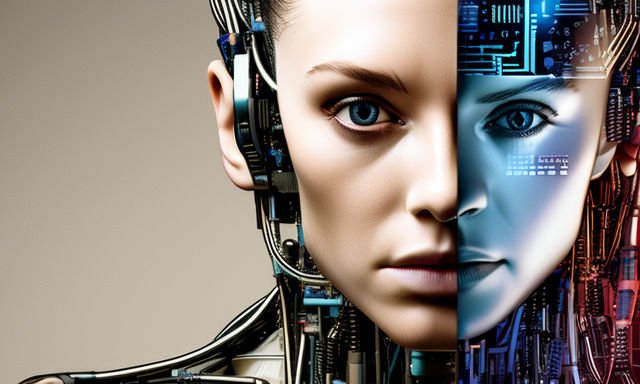AI learned to trick humans.
AI learned to trick humans.

Deceive, lie, betray to achieve their goals.

Other cases of deception.

Be used by malicious humans
If you like to read about science, health and how to improve your life with science, I invite you to go to the previous publications.
0
0
0.000
0 comments